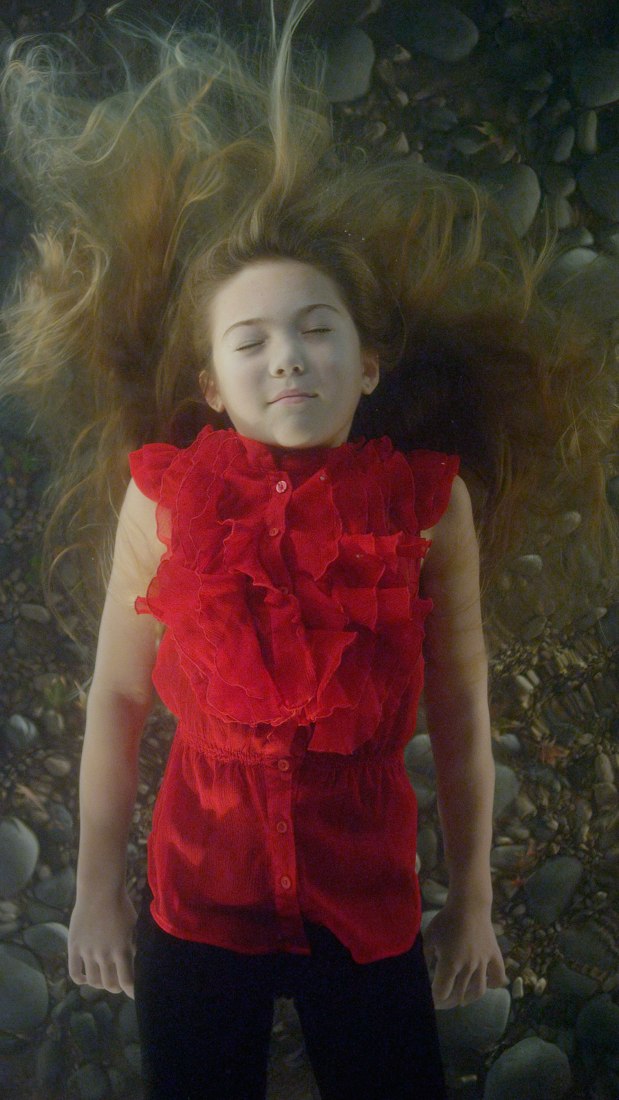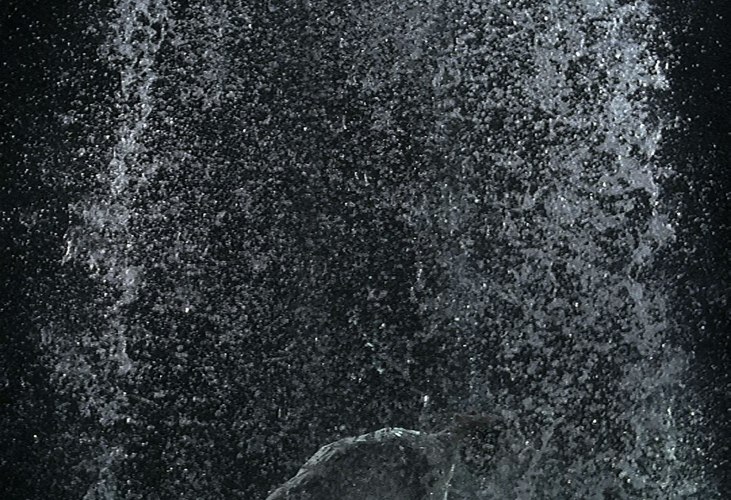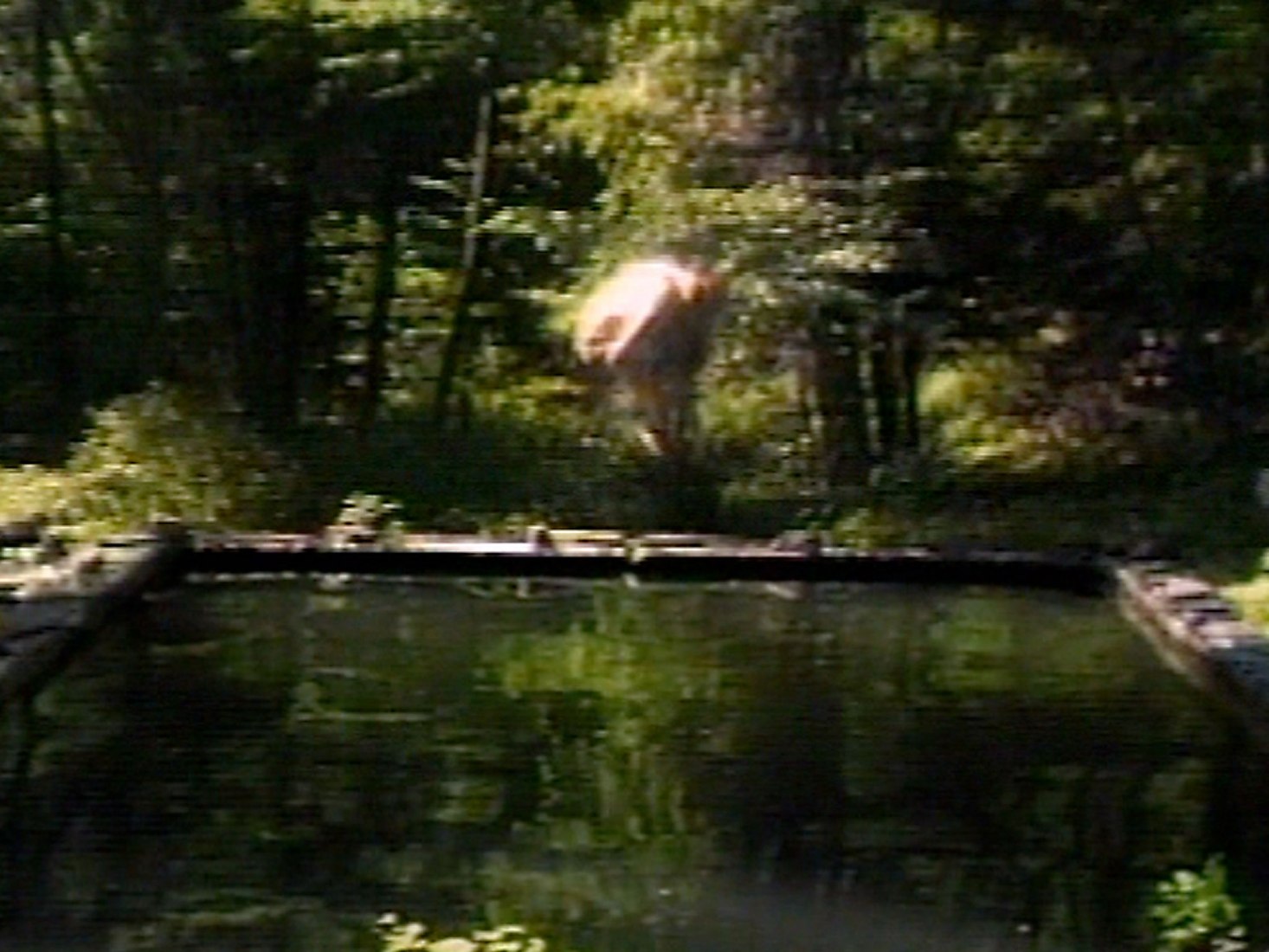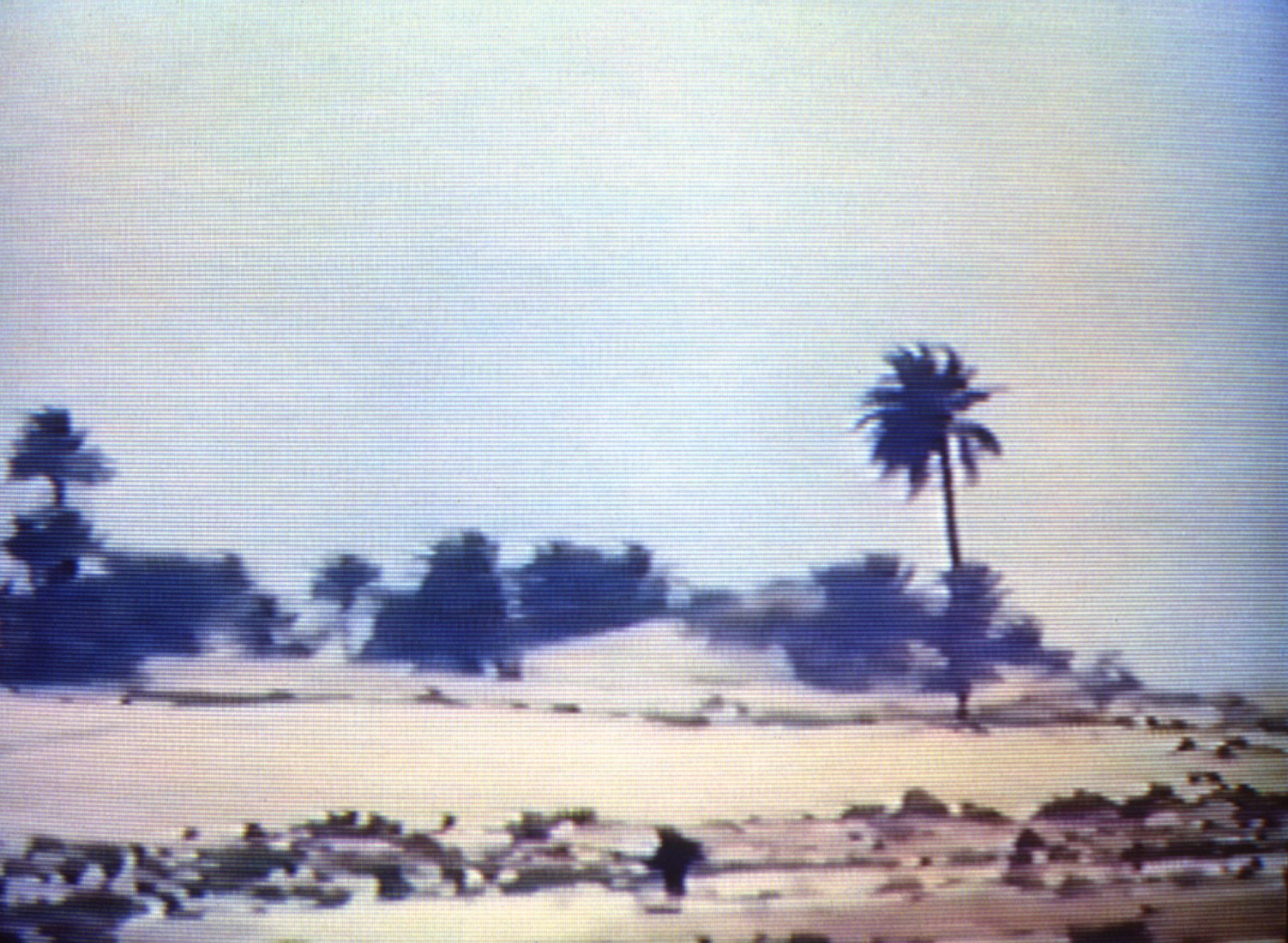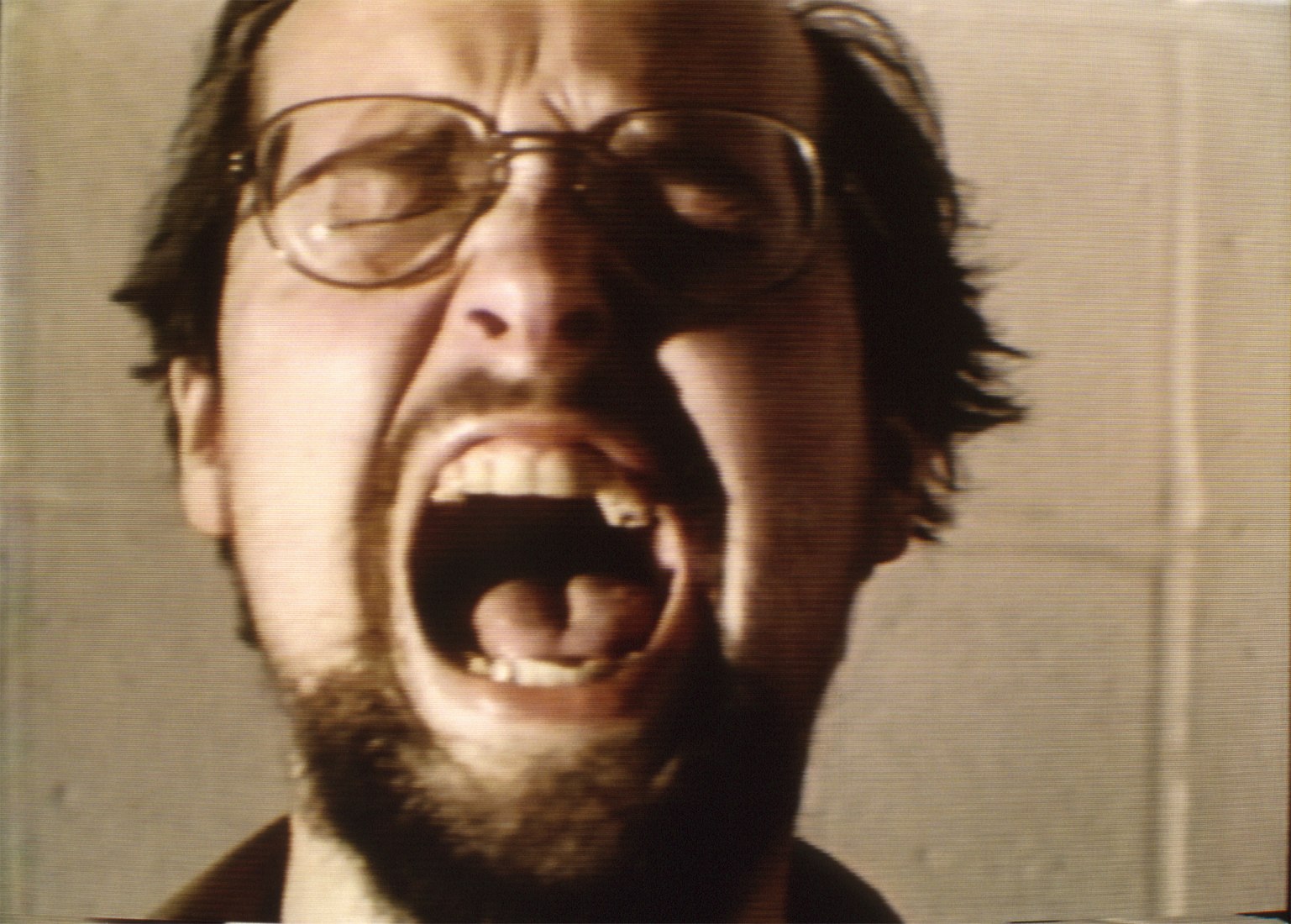Description of the exhibition by Bilbao Guggenheim Museum
In his early single-channel tapes, Bill Viola already addressed in his work important issues as the notion of time, the meaning of our existence and about our place in the world.
With the advent of the new millennium and high-definition technologies, Viola was able to create monumental installations like Improving every day, in which five large mural projections that share the same space invite visitors to get into the light, and think about their lifes and The human existence.
During the last decade Bill Viola has continued to think about the life transformation processes, the birth-death-rebirth cycle and the space that is between these moments; it we can notice in his seven-channel installation The Dreamers, 2013.
Bill Viola (New York, 1951) began experimenting with video art in the early 1970s, following his participation in the program of Experimental Studies at the University of Syracuse (New York), led by his teacher, Jack Nelson. In Siracura he met David Ross (curator of video art) and worked as an assistant to some iconic Media Art people as artists Peter Campus and Nam June Paik at the Everson Museum of Art.
Interested in mysticism, poetry and philosophies, from the East and the West, Viola used the technical possibilities of video as a tool in his constant investigation about the human condition, birth and death, or the processes of change, rebirth and transfiguration, his outstanding themes in his work.
The exhibition Bill Viola: Retrospective goes back to his early experiences with video and includes early single-channel tapes such as Four Songs (1976) and The Reflecting Pool (1977-79).
Bilbao Guggenheim Museum presents ‘’Bill Viola: retrospective’’, a thematic and chronological tour through the evolution process of one of the most important artists of our time and a pioneer in the video art development.
This exhibition, which provides a complete vision of the work of Bill Viola and the evolution of audiovisual art as an artistic form, is organized by the Guggenheim Museum Bilbao and is sponsored by Iberdrola.
More information
Published on:
July 25, 2017
Cite: "''Retrospectiva'' by Bill Viola in the Guggenheim" METALOCUS.
Accessed
<http://www.metalocus.es/en/news/retrospectiva-bill-viola-guggenheim>
ISSN 1139-6415
Loading content ...
Loading content ...
Loading content ...
Loading content ...
Loading content ...
Loading content ...
Loading content ...
Loading content ...
Loading content ...
Loading content ...
Loading content ...
Loading content ...
Loading content ...
Loading content ...
Loading content ...
Loading content ...
Loading content ...
Loading content ...
Loading content ...
Loading content ...
Loading content ...
Loading content ...
Loading content ...
Loading content ...
Loading content ...
Loading content ...
Loading content ...
Loading content ...
Loading content ...
Loading content ...
Loading content ...
Loading content ...
Loading content ...
Loading content ...
Loading content ...
Loading content ...
Loading content ...
Loading content ...
Loading content ...
Loading content ...
Loading content ...
Loading content ...
Loading content ...
Loading content ...
Loading content ...
Loading content ...
Loading content ...
Loading content ...
Loading content ...
Loading content ...
Loading content ...
Loading content ...
Loading content ...
Loading content ...

